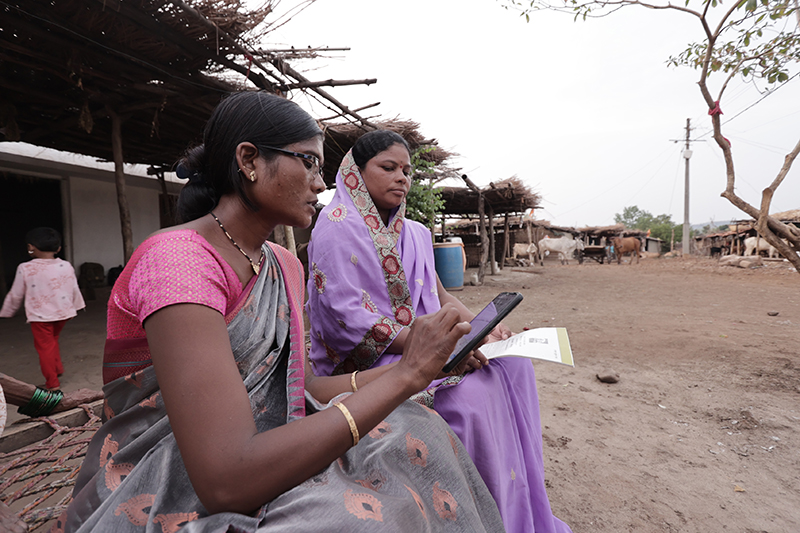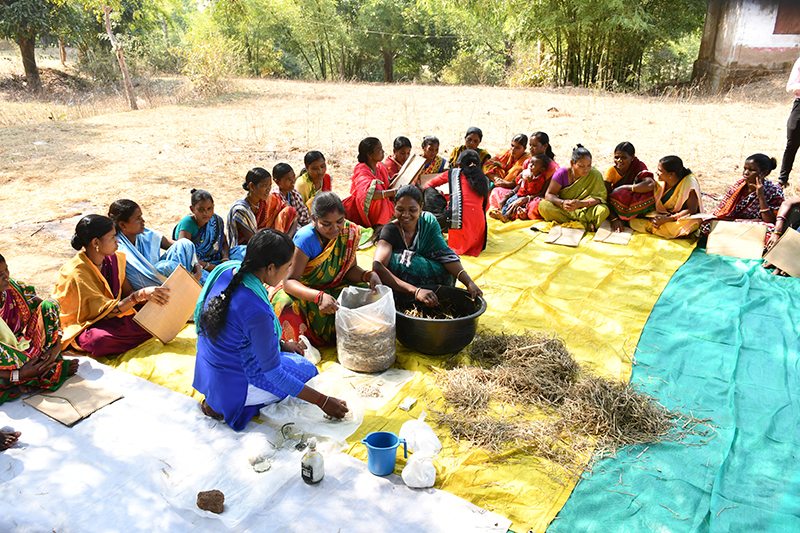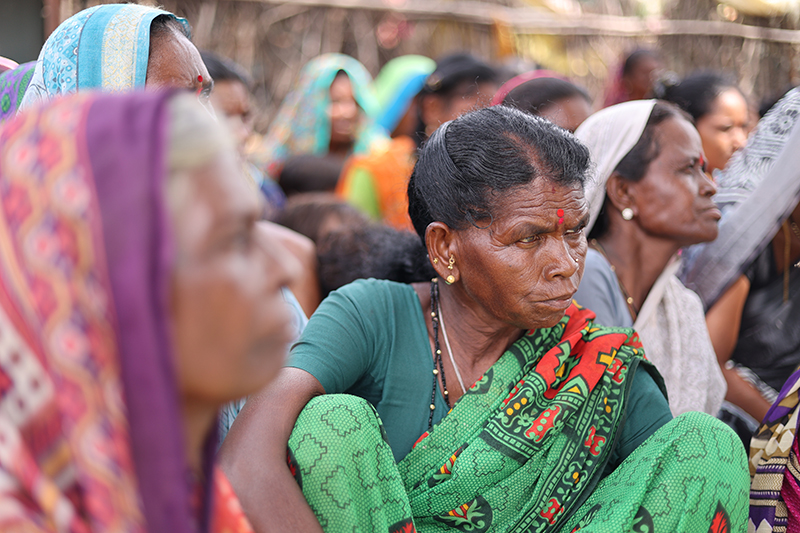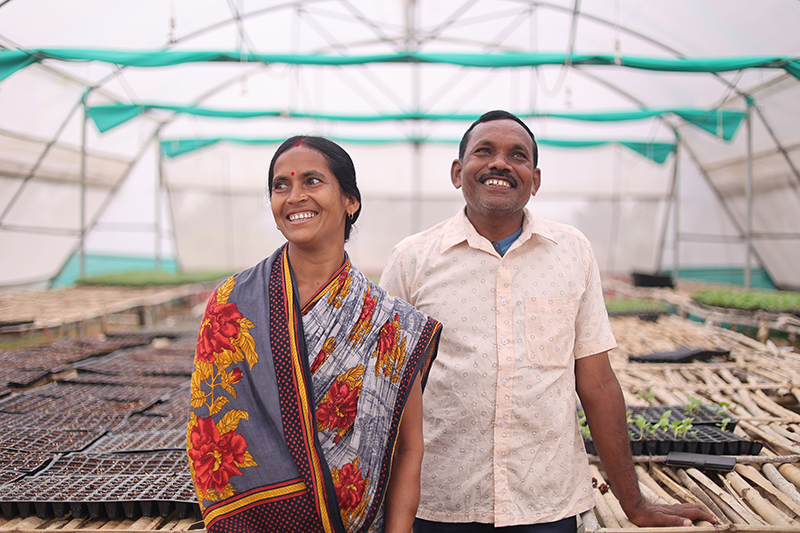
Women and Education
According to the report entitled: Women and Men in India 2015, which has been produced by the Ministry of Statistics and Programme Implementation (please click chapter 1, chapter 2, chapter 3, chapter 4, chapter 5, chapter 6 and chapter 7): Population • Sex Ratio (for all ages) in urban areas stood at 929 while in rural areas the same stood at 949 during 2011….
Read More
Women and Work
According to the ILO study entitled: Women in Business and Management: Gaining Momentum (published in January 2015), which covers 80 of the 108 countries for which ILO data is available (Please click here to access): Indian Situation • Based on a study from Spencer Stuart titled ‘India Board Index 2012, Current board trends and practices in the BSE-100’,…
Read More
Gender and Developement
The ending preventable maternal mortality (EPMM) target for reducing the global maternal mortality ratio (MMRatio) by 2030 was adopted as Sustainable Development Goals (SDGs) target 3.1: reduce global MMRatio to less than 70 per lakh live births by 2030. Having targets for mortality reduction is important, but accurate measurement of maternal mortality remains challenging and…
Read More
Gender and Development
The key findings of the World Population Prospects 2022 (released on July 11, 2022), which has been brought out by United Nations Department of Economic and Social Affairs, Population Division, are as follows (please click here and here to access): India-specific findings • The global population is projected to reach 8 billion on 15 November 2022, and India is projected…
Read More
According to the report entitled: Women and Men in India 2015, which has been produced by the Ministry of Statistics and Programme Implementation (please click chapter 1, chapter 2, chapter 3, chapter 4, chapter 5, chapter 6 and chapter 7): Population • Sex Ratio (for all ages) in urban areas stood at 929 while in rural areas the same stood at 949 during 2011….
Read More
A survey based study, called “The Economic Rights & Entitlements of Separated and Divorced Women India,” was conducted by a team of researchers, women’s rights activists and lawyers, for the Economic Research Foundation of India between October 2008 and September 2009 and will be published in 2012. It surveyed 405 Indian women who were either separated or…
Read More
Please click here to access the key findings of the World Development Report 2012-Gender Equality and Development, which has been brought out by the World Bank, • Women now represent 40 percent of the global labor force, 43 percent of the world’s agricultural labor force, and more than half the world’s university students. Productivity will be raised if…
Read More
Please click here to access key findings of the report entitled Trends in Maternal Mortality: 1990 to 2008 Estimates developed by WHO, UNICEF, UNFPA and The World Bank. According to Progress of the World’s Women: In Pursuit of Justice 2011-12, UN-Women, please click here to access • Some 600 million women, more than half the world’s working women, are in…
Read More
KEY TRENDS • Maternal Mortality Ratio for India was 370 in 2000, 286 in 2005, 210 in 2010, 158 in 2015 and 145 in 2017. Therefore, the MMRatio for the country decreased by almost 61 percent between 2000 and 2017 *14 • As per the NSS 71st round, among rural females aged 5-29 years, the main reasons for dropping out/ discontinuance were:…
Read More